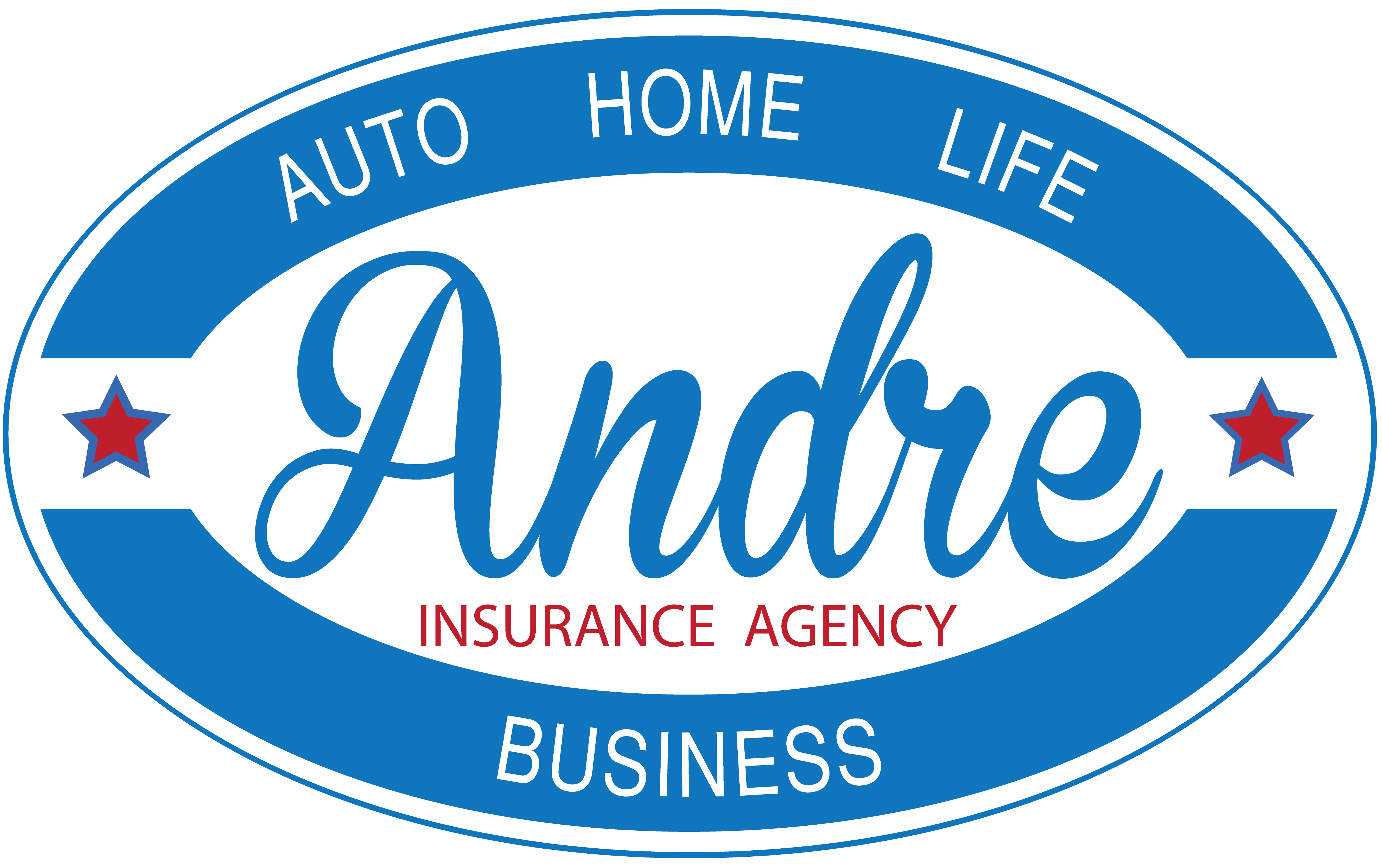
Seeking shelter during a hailstorm to protect yourself from injury is a good idea. But what about things that you can’t protect?
Hail damage and your home
“Most homeowner’s policies provide coverage for damage by hail,” says Terry McConnell, vice president, Personal Lines Underwriting, at Erie Insurance. “Just note there may be restrictions as far as a separate hail deductible that may apply.”
McConnell says the average financial cost of hail damage to a home can be around $10,000. That varies depending on the length of the storm, the size of the hail, the amount of damage done to the roof and the siding, and the condition of those structures before the storm began. A directional storm, hitting only one side of a home or roof, will affect that number as well.
McConnell advises homeowners take a proactive approach toward protecting their homes from hail damage. “Don’t use your insurance policy as a maintenance policy,” he cautions, “as this could expose you to surcharges that come with filing claim.”
Instead, McConnell says you should inspect your roof yourself before a storm hits. Roofs with higher-quality shingles ward off hail damage better than roofs with low-cost shingles. Likewise, newer roofs hold up better to hail damage than deteriorated roofs.
If your home is in a hailstorm and you suspect it suffered hail damage, McConnell says you should contact your insurance agent to inform them of the situation.
Hail damage and your vehicle
Auto owners have a wide array of polices available to them, according to David Freeman, vice president, Personal Lines Underwriting, at Erie Insurance. “Personal auto polices offer physical damage coverage as an optional coverage,” he says. “There are two types of physical damage coverage: comprehensive and collision. Comprehensive protects against losses other than collision, such as fire, theft, vandalism, hail damage and many other weather events.”
Comprehensive policies usually have a deductible. Freeman cautions you to only select a deductible you feel you can pay in the event that a claim arises.
Freeman says the average weather-related comprehensive claim – which can include hail damage claims – is $2,831. “Hail damage can range from a few minor dents to severe body panel damage, shattered glass and major repair costs,” he says. “Depending on the vehicle’s value, hail can sometimes total the vehicle.”
Learn how to avoid falling for hail fraud schemes in the next–and final–post.
To protect your vehicle and prevent it from being totaled due to hail damage, Freeman advises following the latest weather reports and moving your vehicle into a garage or under cover if a hailstorm is approaching.
But what if you can’t get your vehicle to safety and it suffers hail damage? “Your policy conditions most likely require that you report your loss as soon as possible to your insurer,” says Freeman. “Your insurer’s material damage appraiser can explain the repair options. He or she will often work directly with the chosen repair facility to facilitate proper claim handling and vehicle repair.”
If you’re not sure you have the right coverage for your home or car, contact an Erie Insurance Agent in your community.
Learn how to avoid falling for hail fraud in the next–and final–post.
Read the full story from Erie Insurance: “How Insurance Can Cover Hail Damage“
